Suffering of Gaza’s civilian population

Following the brutal attacks by Hamas, the Israeli offensive in Gaza is ongoing, causing high civilian casualties. Urgent humanitarian access is needed. There can be no return to the situation before the Hamas attacks, writes Rene Wildangel
At the beginning of the current assault on Gaza, Israeli defence minister Yoav Gallant ordered the complete closure of Gaza: ‘No electricity, no food, no water, no petrol’, as Israel was fighting ‘human animals’.
The statement came hours after Hamas’ inhumane terror attacks in which over 1000 civilians were murdered in Israeli communities near the Gaza Strip. At the same time, an army spokesman said the attacks on Gaza were about inflicting maximum damage, not precision.
The consequences are proving dire, first and foremost for Gaza’s civilian population: just one day later, supplies ran out, with massive consequences. Currently, no replenishment of basic humanitarian supplies is possible. The loss of electricity means hospitals and basic infrastructure are also no longer functioning, thousands of injured people cannot be treated or can only be treated inadequately.
Such a comprehensive supply freeze is prohibited under international law, as are direct attacks on civilian targets; the Israeli human rights organisation Gisha has already warned of war crimes. Added to this is the fact that such an approach primarily impacts the civilian population, not Hamas. This is because Hamas, through its long-standing authoritarian rule over the Gaza Strip, has taken precautions and created access and protection opportunities for itself that are denied to the population.
Majority of Hamas leadership abroad
THE announcement to crush Hamas’ leadership already seems unrealistic because the majority are abroad — after being expelled from Turkey, mainly in Qatar and Lebanon. Many observers were caught off guard by Hamas’ radical terrorist course — not least the Israeli government.
Following the last clashes, it had engaged in repeated, if indirect, negotiations with Hamas, and in recent months had allowed many more workers from Gaza into Israel. Hamas either wanted to lull the Israeli government into a false sense of security in the run-up to an already prepared attack, or particularly radical voices within the organisation have managed to get their way.
After Hamas changed its charter in 2017, removing anti-Semitic propaganda such as references to the anti-Semitic ‘Protocols of the Wise Men of Zion’ and indicating its agreement in principle to a settlement within the 1967 borders, many experts were inclined to assume that the organisation had become more moderate.
‘Hamas advocates the liberation of all of Palestine, but is prepared to support the 1967 borders,’ declared then-Hamas leader Khaled Mashal in a press conference. Calling on the countries in the region to fight against Israel, the same Mashal has now, in the wake of the attacks, clearly stated the radical course adopted by Hamas.
For the people of Gaza, the current bombings come after more than 15 years of blockade and multiple armed conflicts with widespread destruction in the Gaza Strip. Since 2007, the Gaza Strip has been ruled by Hamas. This was the result of the Islamists’ victory in the 2006 Palestinian parliamentary elections, which went unrecognised by the international community.
A short, bloody civil war between the opposing Palestinian parties Hamas and Fatah ensued, which ultimately led to Hamas assuming sole power in Gaza. As a result, the Israeli government decided to largely seal off Gaza. That was more than 15 years ago.
Two years earlier, Prime Minister Ariel Sharon had withdrawn Israeli settlers and soldiers from Gaza, but maintained control on land, sea and air. Gaza is therefore still considered occupied under international law and Israel has corresponding obligations as an occupying power. Even Egypt, a staunch opponent of the Islamists since Hamas took power, has consistently kept its Rafah border crossing largely closed.
Yet Gaza was not always a Hamas stronghold. After the autonomy promised by Oslo, there was great hope; in 1998, US president Clinton attended the ceremonial opening of Gaza’s airport, which was to connect the city to the world. Twenty years later, it had been reduced to rubble.
After the bloody Hamas coup in Gaza in 2007, Fatah functionaries were expelled. Hundreds of thousands of employees working for the Palestinian Authority, dominated by Palestinian president Abbas’ Fatah, were sent home, and Hamas took over the administration, police and judiciary. Since then, it has governed the small coastal strip with a hard hand and in line with its militant Islamist ideology.
No refuge and no escape
‘LEAVE Gaza,’ Israel’s prime minister Netanyahu has now told the population, at the same time announcing massive air strikes. Netanyahu knows that civilians cannot leave Gaza, because since the beginning of the blockade in 2007, not only the Israeli but also the Egyptian border has been largely closed. These days, the Gaza Strip is one of the most densely populated places in the world — around 2.3 million people live in an area smaller than the metropolitan area of Cologne.
There is no refuge in Gaza anymore. Israeli attacks continue to bomb hospitals, schools, mosques and homes, despite Israeli assurances that no civilian targets will be attacked. The United Nations is currently reporting over 1100 people killed, over 5000 injured and 340,000 internally displaced. Some of these are using selected UN Palestine Relief and Works Agency schools as shelters, but getting there and staying there is dangerous amid the bombardment.
There are no other shelters or means of escape for the population. US president Joe Biden has mooted the possibility of a refuge in Egypt, but the Egyptian government is reluctant to do so because of its own security situation.
Young people with no prospects
THE population of Gaza is one of the youngest in the world, with 50 per cent of the people under 18. The proportion of children under 15 is very high. They in particular have been severely traumatised by the recurring attacks. A 16-year-old in Gaza has experienced nothing but Hamas rule and recurring wars: brutal hostilities erupted in 2008, 2012, 2014, 2018 and 2021, with over 4,000 Palestinians from Gaza killed.
On the Israeli side, rocket attacks by Hamas and other militant groups, have killed 100 people over the course of the same period, a figure exceeded many times over by Hamas’ campaign of brutal attacks and systematic killings at the weekend. The Gaza blockade has prevented any normal economic activity in the Gaza Strip in recent years, and youth unemployment is rampant at 70 per cent. More than 80 per cent of residents are dependent on food aid.
As early as 2012, the United Nations published a report that concluded that a fundamental change in the status quo was needed, otherwise the population would lack the means of livelihood. Following repeated shelling of the only electricity plant, electricity has been as scarce as clean drinking water since 2007 — now both are completely lacking. The once productive agricultural land has been poisoned by over-fertilisation, ammunition and sewage
Gaza’s civil society is rarely heard
IT REMAINS difficult to judge the level of support for Hamas in the Gaza Strip. Yet although Hamas controls the small Gaza Strip by force and barely tolerates criticism, there is still a surprisingly well-established civil society. This summer saw large-scale protests against Hamas, which were brutally put down by the Islamists.
In the past, the major human rights organisations there, including those funded by Germany, such as Al-Mizan or PCHR, not only documented the consequences of the Israeli blockade and the repeated attacks against the Gaza Strip, but also, with great courage, the human rights violations committed by Hamas.
Other organisations have sought to preserve women’s rights, culture and sporting opportunities even under the most difficult conditions. Hamas finds such activities repugnant – for the most part, it is successful in spreading its propaganda of a collective armed ‘resistance’. By contrast, images of hundreds of thousands of young people pursuing an education against the odds, running a surf club on the beach or demonstrating for climate protection seldom circulate around the world.
New Gaza policy needed to create lasting security
THE current violence is likely to continue for a long time. Netanyahu has announced — not for the first time — that he will destroy Hamas and its power structures. As in the past, however, massive air strikes will not achieve this goal. Instead, we can once again expect an enormous number of civilian casualties. A ground offensive and the reoccupation of the Gaza Strip would be risky and are still controversial in Israel, but may well follow.
But what about when the violence ends? The previous blockade policy with its declared aim of weakening Hamas has failed. A return to the status quo before the Hamas attacks is not conceivable. If there is to be a ceasefire of any kind, there must be a resilient political settlement that protects civilians on both sides of the border.
For this, Israel needs the help of neighbouring states, especially Egypt and the Gulf states, as well as the international community. Together, a new strategy must be developed: Instead of a prison-like enclave that allows Hamas to rule at will, there needs to be economic prospects and a controlled opening that deliberately benefits the civilian population.
Qantara.de, October 13. Rene Wildangel is a historian and political scientist. He headed the Heinrich Boell Foundation’s office in Ramallah from 2011 to 2015 and regularly travels to the Gaza Strip, most recently in May 2023.



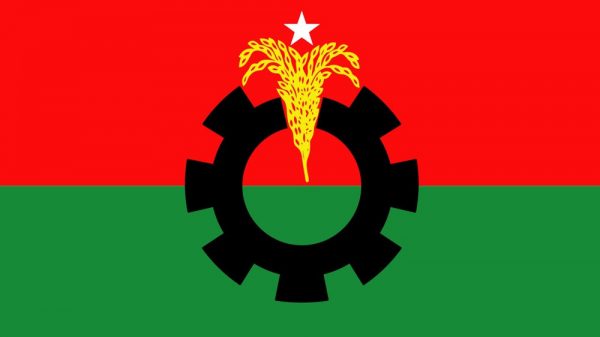

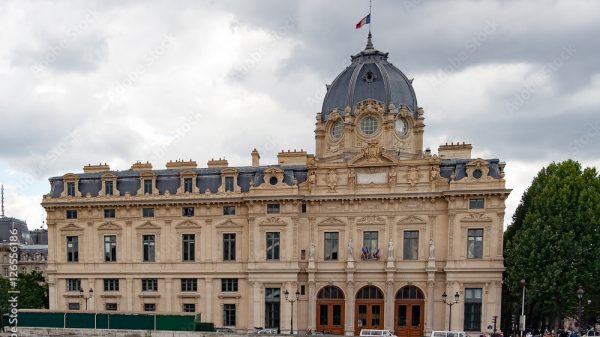
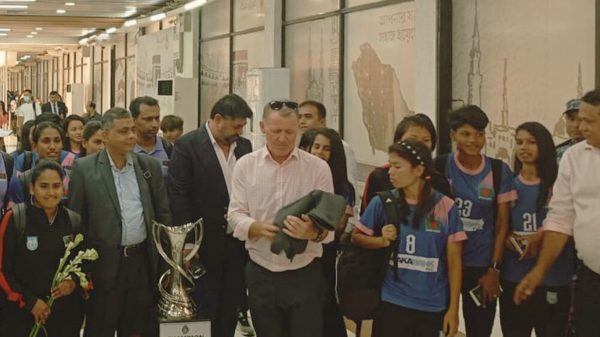
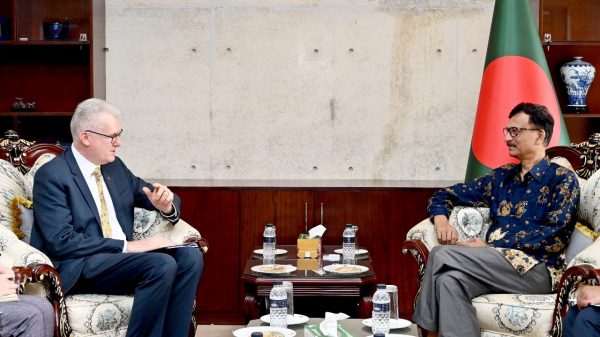



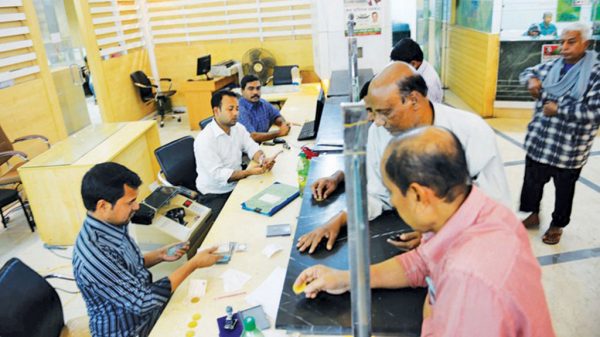
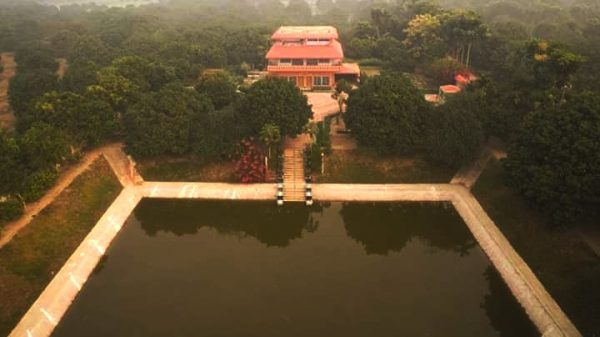

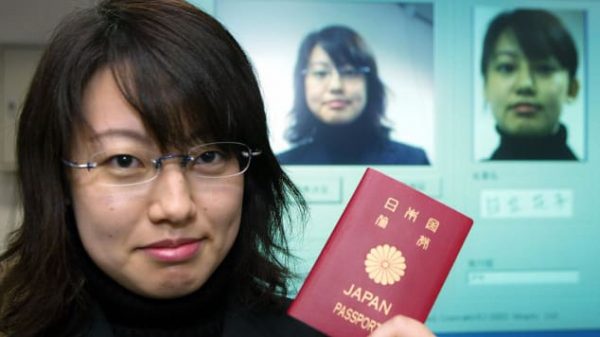


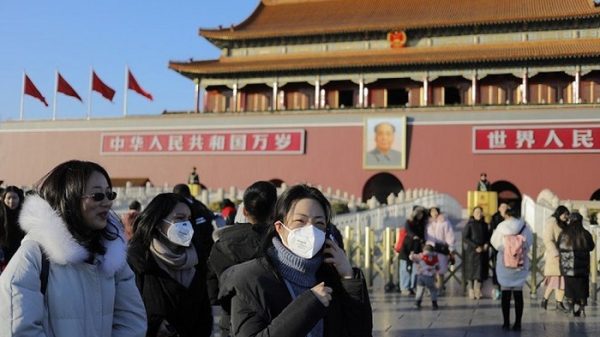
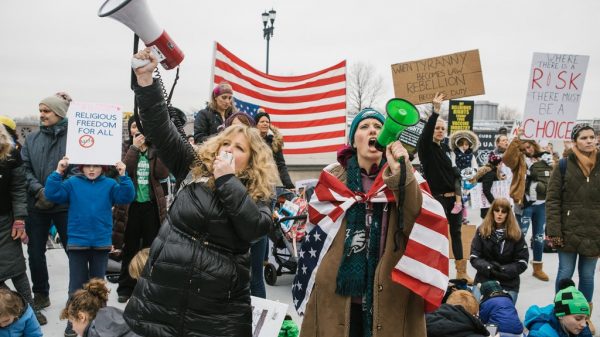
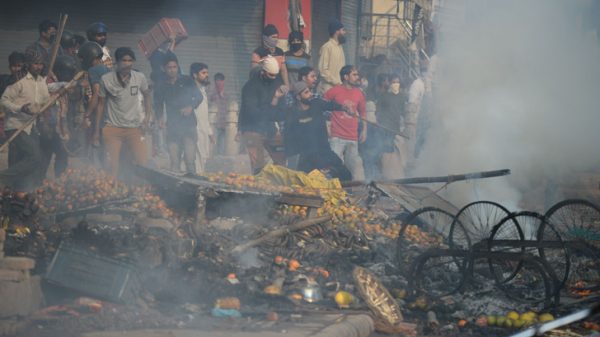



Leave a Reply